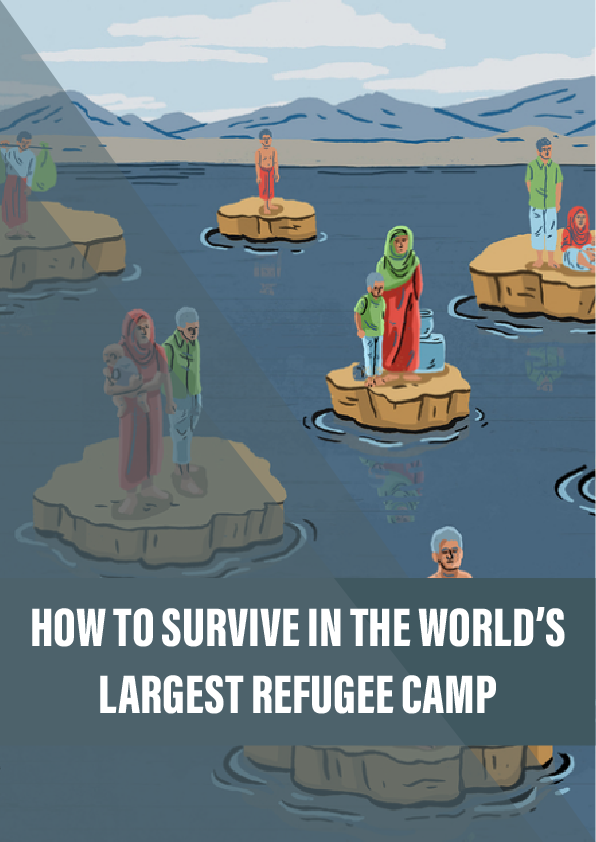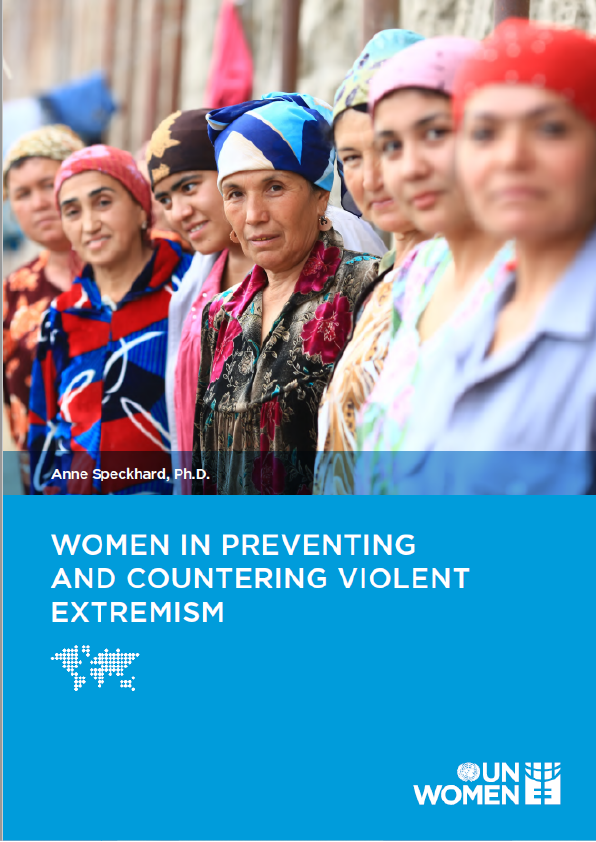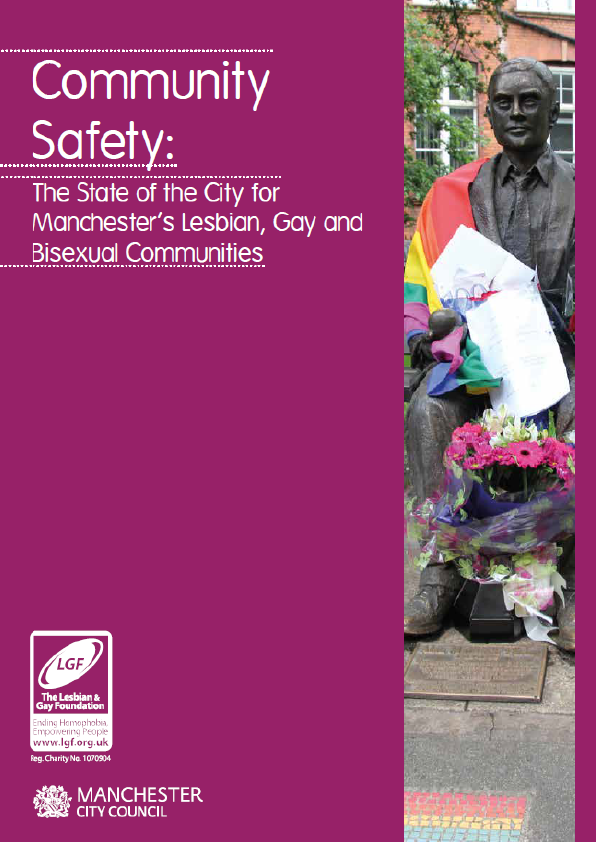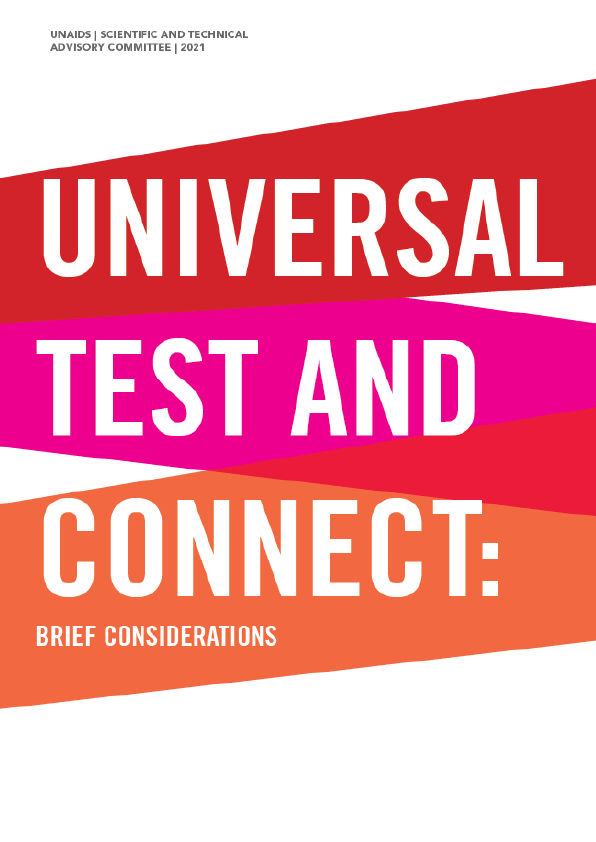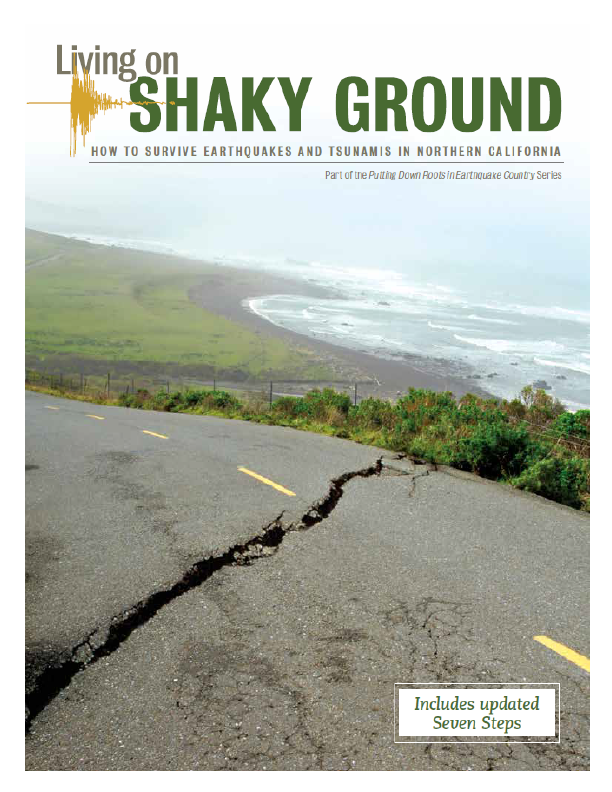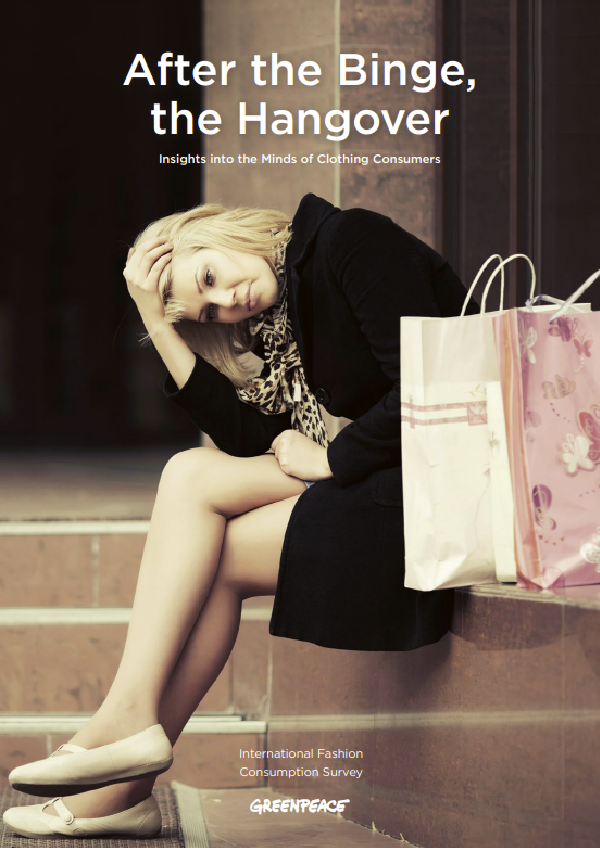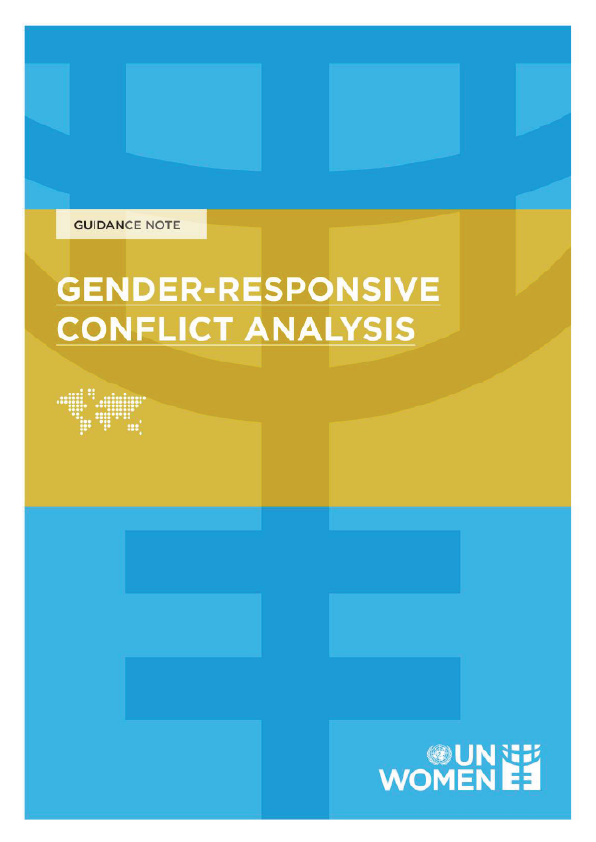A million Rohingya refugees in crowded shelters with poor sanitation – ideal conditions for infections to spread. Here’s how to stop these deadly outbreaks.
Local villagers helped Shamsark off the boat, all but carrying her and her three small children as they stumbled up the slippery bank to safety. She took one look back across the river, through the grey mist to the orange fires of burning Rohingya villages, to where their whole lives had been, where she’d left her husband’s body lying on the ground after he’d been shot.
Then she turned away and led her children through the scrubland to the roadside, joining tens of thousands of other weary refugees clustering around the bright printed logos of international relief organisations.
In Kutupalong camp, near Cox’s Bazar in the far south-east of Bangladesh, Shamsark and her children received emergency food supplies, water and medical attention. She was registered as the female head of household, and given plastic sheeting, matting, bamboo poles and a ten-square-metre plot on a bare hillside. Here, she had to try to construct a new life for her surviving family.
Here, in a ‘town’ of nearly 1 million refugees, where only temporary shelters were allowed. Here, where the rain would wash the topsoil off deforested hillsides into mudslides. Here, where much of the water was unclean and people often had to slosh knee-deep through mud and human waste.
The risk of infections was high. The children were vaccinated against measles, rubella and polio almost immediately but there were other diseases to worry about, most notably cholera. Many of the aid workers in the camp remembered Haiti after the devastating earthquake in 2010. Ten months later, that country experienced its first cholera outbreak in a century, and it is still going – nearly 10,000 people have died of cholera in Haiti since 2010, and there have been more than 800,000 cases.
Reference:
- The World Health Organization publishes regular updates on the situation for Rohingya refugees in Bangladesh.
- Researchers based in Bangladesh and the US surveyed the communities in Cox’s Bazar and refugee camps in March 2018 to assess their needs.
- Médecins Sans Frontières reported on the Rohingya refugee emergency in September 2017.
- The BBC published an in-depth update in April 2018.
- Gavi, the vaccine alliance, explain their approach to immunisation in fragile states.
- National Geographic tells the story of the Rohingya people in Myanmar, dating at least as far back as the 1430s.
